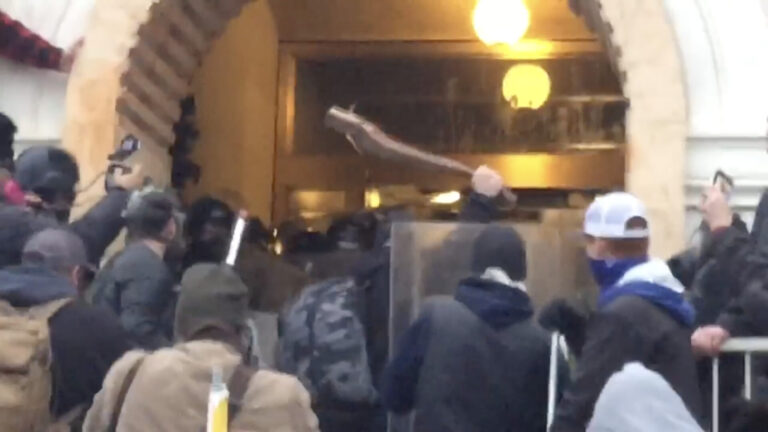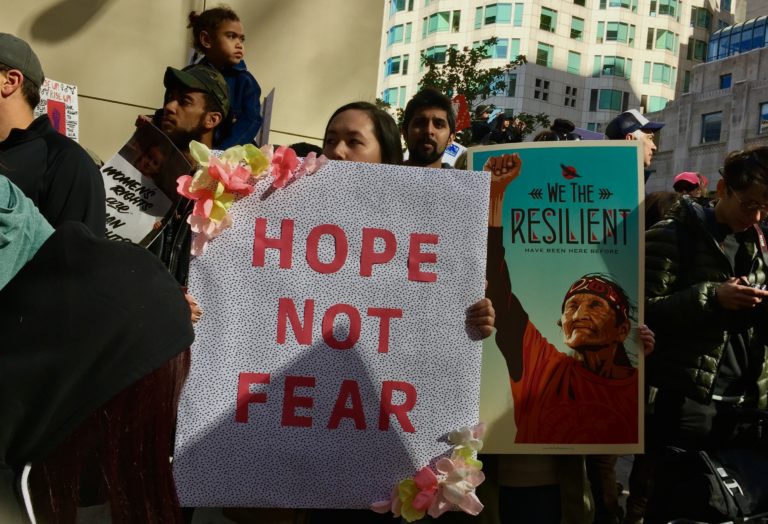This article analyzes videos shared during the United States Capitol riot on January 6, 2021, where supporters of then-President Donald Trump stormed the US Capitol Building in an attempt to disrupt the certification of Joseph Biden’s presidential victory. We analyzed videos distributed on Facebook, Twitter, Parler, Snapchat, DLive, Twitch, and Periscope to examine how participants structured a narrative of their actions as a form of political revolution. We assess how these videos draw on affective configurations to demonstrate the ways that cultivation of affect helps to drive far-right dissent, and we assess the role of media technologies in recording and sharing those affects across networked publics.
Keyword: dissent
Language is a Public Thing
Manifestos have resurfaced as fuel for firing political imaginations and calling people to action in a threatening time. But what can they really accomplish? A rethinking of the limitations of manifestos—their panic-driven contexts, their emphasis on collectivities rather than individuals, the vagueness and combativeness of their language—suggests that there may be other more fruitful ways of instilling care of and for language in everyday life and politics. With due deference to Orwell for his focus on the political dangers of not caring for language, we posit that his prescriptions can also inhibit our abilities to communicate in productive ways, across disparate communities that might stand to gain from breaking out of strictures on political language and expression. Inspired by Arendt’s call to “think what we are doing,” we propose as a starting point a language charter that will make language everyone’s business.

